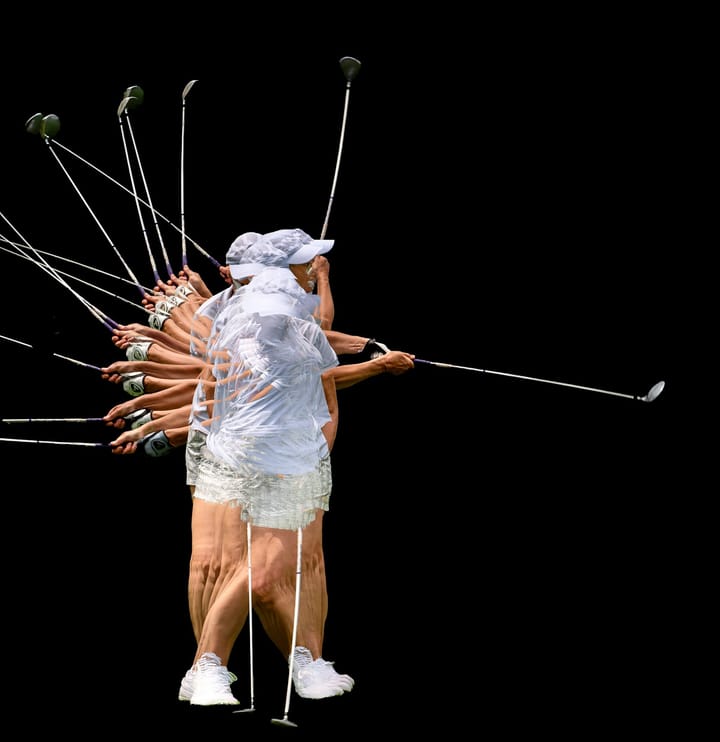How did that get in there? Microplastics in our brains

Plastic Heads, Literally?
You may have thought you were cutting down on plastic by ditching plastic bags and sipping from a reusable bottle. Good job.
Unfortunately, the bad news is that plastic seems to be winning anyway. It has been found in a number of our organs inside our bodies, in places it really shouldn’t be, like the brain.
Researchers recently used some of the most advanced scientific tools available, spectrometry, spectroscopy, and forensic-level microscopy, to examine liver, kidney, and brain samples from people who had passed away between 2016 and 2024.
What they found wasn’t just surprising—it was jaw-dropping and pretty scary.
The brain had the highest levels of plastic, even more than the liver and kidneys, and mostly in the form of microscopic shards of polyethylene. That’s the stuff your cling film is made of.
The older the brain, the plastickier
Interestingly, it wasn’t age or gender that determined how much plastic showed up in the brain. What did matter was when the person died.
People who passed away in 2024 had significantly more plastic in their brains than those who died in 2016. So, brains are getting more plastic-packed with every passing year, possibly keeping pace with the 21st century’s rising plastic output.
What’s even more alarming is that brains from people with dementia had the highest levels of plastic. This doesn’t prove that microplastics cause dementia, but it raises enough eyebrows to warrant further investigation.
Could plastic be doing more than just cluttering our oceans? Could it be quietly cluttering our cognition?
Tiny particles, big questions
How does plastic get into our brains? The current best guesses involve inhalation, ingestion, and possibly absorption through fats during digestion.
There is also evidence that tiny particles can enter the brain through the nose. Through the tiny holes in the bony skull, where the olfactory nerve fibers from the nose pass into the brain with their info on smell. Some researchers believe that tiny plastic fragments, especially nanoplastics under 200 nanometers, sneak directly through the otherwise protective blood–brain barrier.
And unfortunately, once inside, plastic appears to stick around. Using electron microscopes, scientists found pieces of plastic embedded deep in brain tissue, mostly too small to be seen with traditional microscopes. On average, brain samples contained 7 to 30 times more microplastic than liver or kidney samples.
The plastic wasn’t scattered randomly either. It showed up in specific zones, particularly around blood vessels and areas with immune activity, especially in the brains of dementia patients.
Researchers then went further back and tested older brain tissue samples from the 1990s and early 2000s. Compared to recent samples, these older brains had significantly less plastic.
The most common sort of plastic was polyethylene—the world's most-produced plastic. It was followed by others like polypropylene and PVC. These are the same materials used in packaging, food containers, and many household products. And as they continue to break down into tiny particles, they seem increasingly likely to enter our bodies and stay there.
To sum it up
The amount of plastic in the human brain appears to be increasing over time. We are, quite literally, products of our environment, and our environment is filled with polymers,
The brain might be especially vulnerable. Dementia samples had the most plastic, though no one’s claiming it caused the disease (yet). Still, the connection is eerie enough, raising concerns about potential links to neuroinflammation.
The researchers were careful not to claim that plastic is turning our brains into Tupperware. Still, if you’re feeling overwhelmed, just remember: your brain may be full of plastic, but it’s also full of neurons that figured out how to build rockets, compose operas, and invented instant coffee. So maybe we’re not doomed ...
Here at Brainwoosh, we will watch out for new scientific papers on the topic, and post them for you to stay updated, cause it seems pretty important.
Pssst - remember to subscribe to our free newsletter!
About the paper that inspired:
First Author: Alexander J. Nihart, USA
Published: Nature March 2025
Link to paper: https://www.nature.com/articles/s41591-024-03453-1




Comments ()